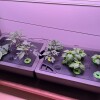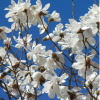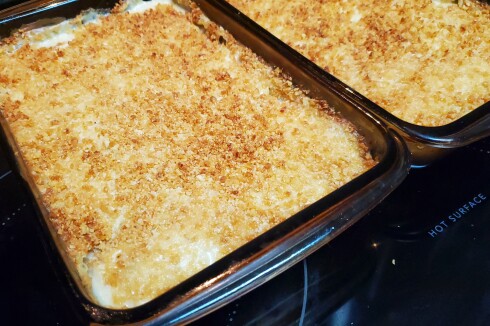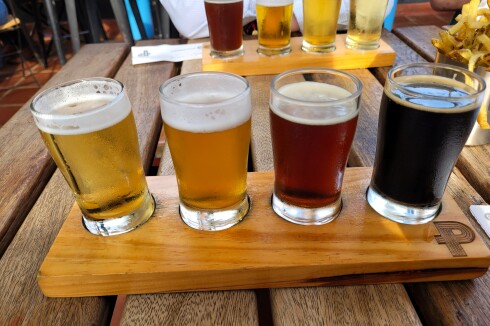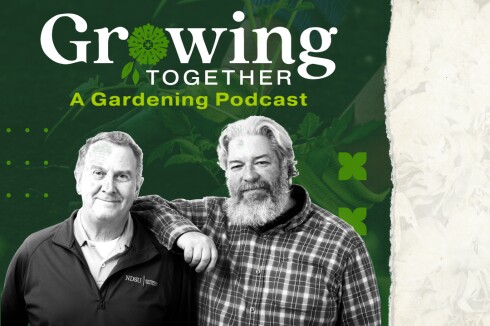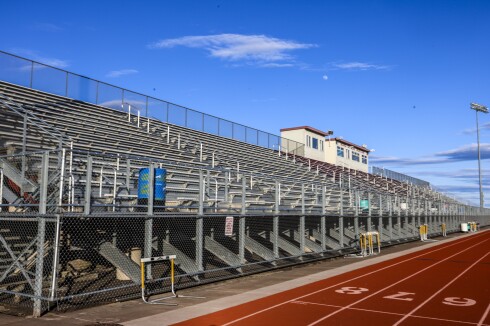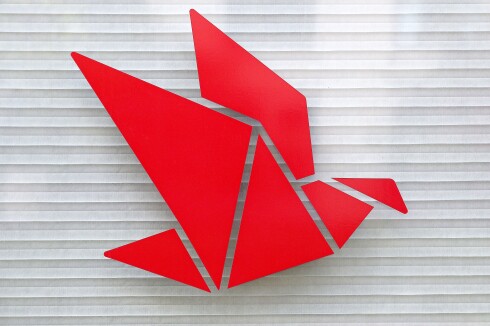Do you know why plants are so smart? Because they have all the anthers.
Plants amaze me; they’re simple and complex, all at the same time. They quietly and unassumingly go about their business, but wow, do they have impact. They feed us, produce a healthy, peaceful atmosphere, and do it all through the silent magic of photosynthesis.
ADVERTISEMENT
We don’t need to dive deeply into botany to be amazed by our green friends.
Here are 25 plant facts I find fascinating.
- Apples, plums and strawberries are in the botanical rose family, and they share many common characteristics with rose shrubs.
- Bamboo is the world’s fastest-growing woody plant, capable of growing nearly 3 feet per day. At that rate, we could grow a two-story high-shade tree in two weeks from a seedling, all in one summer.
- Vanilla extract comes from the pods of the vanilla orchid. Although they’re called vanilla beans, they aren’t in the bean and legume family.
- If you’ve ever removed a leaf from your poinsettia, you’ve seen the milky sap that exudes. The latex-like material conserves moisture within the plant, explaining why poinsettias prefer to dry out between waterings.
- The word pineapple was coined by European explorers who thought the fruit looked like a large pine cone, and the flesh reminded them somewhat of apples.
- Cranberry fruits can float in bogs, once they’re detached from the plant, because each fruit has a sealed air pocket.
- Snapdragons are so named because the flower looks like a dragon, and if you squeeze the sides, the dragon’s mouth opens and closes. Entertaining for both children and adults.
- Potatoes have been cultivated for at least 7,000 years, beginning in Peru.
- The average strawberry has about 200 seeds, and it’s the only fruit to carry its seeds on the outside.
- The longest-lived organisms on Earth are trees. The current oldest known living specimen is a bristlecone pine located in California, which is still going strong at the ripe old age of over 5,000 years.
- Peanuts aren’t nuts, but are members of the bean and lentil family.
- The houseplant called prayer plant is so named because the leaves partially fold at night, as though in prayer.
- Sand doesn’t improve the workability of heavy clay soil. Sand mixed with clay are the ingredients in brick making.
- Mistletoe is a parasitic plant that sucks water and nutrients from the tree host to which it’s attached. Its botanical Latin name translates to “thief of the tree.”
- Trees and shrubs know it’s time to ready themselves for winter hibernation and dormancy as they sense the days getting shorter in autumn.
- Plants can communicate with surrounding plants by secreting chemicals through their roots and into the soil. These “root exudates” can be detected by other plants in the area.

Poinsettia stems and leaves have a milky sap that helps them conserve moisture. Anna Paige / The Forum - One female cottontail rabbit can produce about 18 offspring per year. No wonder they cause millions of dollars in damage to gardens and landscapes each year.
- Aronia berries are higher in antioxidants than blueberries and much easier to grow.
- The periodic mass extinction of animals such as dinosaurs, doesn’t seem to apply to plants. Some species have certainly become extinct over time, but plants so far have been resistant to extinction en masse.
- The world’s oldest potted plant is a cycad potted in 1775 in the Royal Botanical Gardens greenhouse in Kew, England. The latest repotting was in 2009, requiring a team of nine horticulturists.
- The word banana derives from the Arabic word for finger, denoting the fingerlike arrangement of the fruit. A banana bunch is termed a “hand.”

The "prayer plant" is aptly named because the leaves fold slightly at night, as if in prayer. Anna Paige / The Forum - Grass plants make up 26% of the earth’s plant life, making them important contributors of oxygen production.
- A pleasing landscape can increase a home’s property value by 28%.
- The tree type most commonly struck by lightning is oak.
- Last year, the average American homeowner spent $671 on lawns, flowers, vegetable plants and landscaping trees and shrubs.






